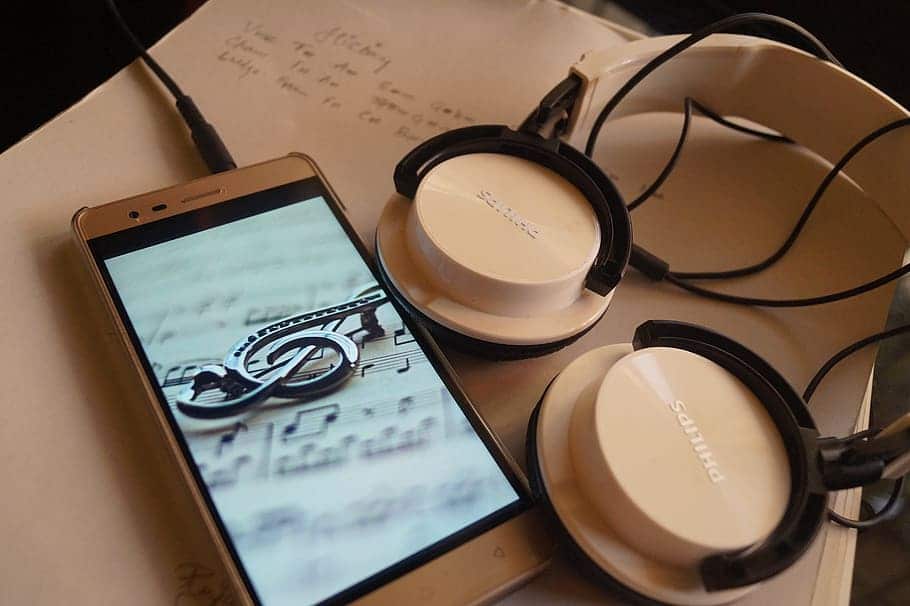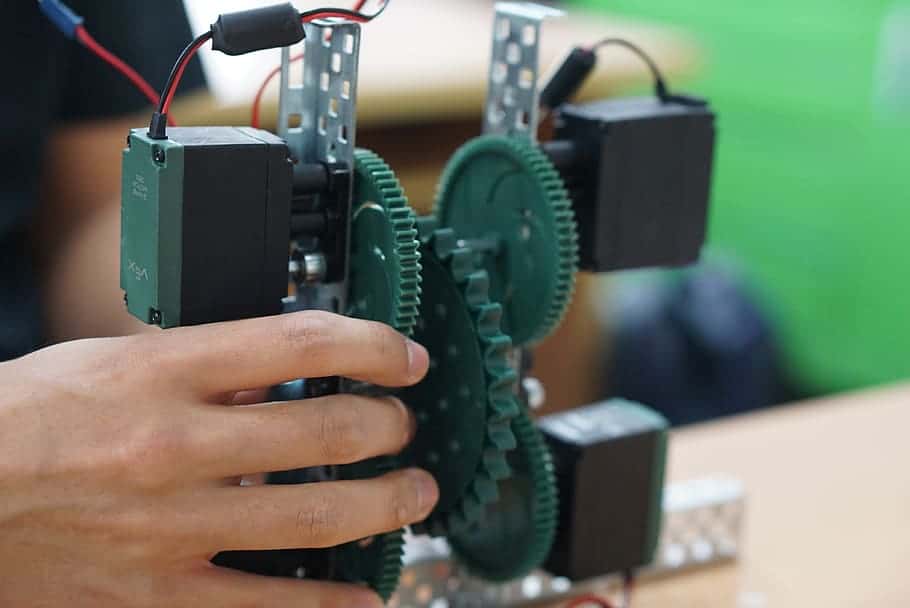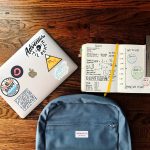Have you ever stared at a formula on the classroom wall and it looks like gibberish written in a foreign language? Have you ever been in class and for some reason all you hear is the teacher’s voice from the Charlie Brown movies? Never fear, these things do not mean something is wrong with your brain – maybe it means you just have a different learning style then your friend or teacher. We all process (learn) a little differently and at different speeds — no one learning style or processing type is better than the others. All these learning styles are amazing!
The Four main learning styles are Auditory, Visual, Tactical, & Kinesthetic.

Auditory = Audio/Ears
Auditory processors learn or remember things well through hearing and the auditory sensor. Auditory processors often learn well in settings with lecture-based teachers (listening), conversational/dialogue learning (talking), or possibly musical (hearing).
Helpful Tips for Auditory Processors
- Record lectures to be able to listen multiple times
- Listen to your books instead of reading them
- Verbally talk out-loud when memorizing, repeating out-loud the information you want to remember (verbally say it, not only listen/hear it)
- Conversation or dialogue with a friend or adult on a topic you are struggling to learn
- Listen to podcasts, YouTube, audio books, or audio lectures/recordings to expand a topic you do not understand
- Try putting data you need to remember into lyrics/songs/music

Visual = Visible/Eyes
Visual processors learn or remember things well through seeing and the visual senses. Visual processors often learn well in settings with visual reading and visual illustrations (like visual aids, graphs, diagrams, photos, and pictures).
Helpful Tips for Visual Processors
- Take notes during class
- Draw for yourself or take photos of any pictures/graphs/charts used
- Watch movies or videos on a topic you are struggling to understand
- Draw or show someone a concept or idea you learned – explain it to them through a picture, a graph, a story, or metaphor
- Visually create or draw pictures of data you need to remember (graph it, timeline it, label it, storyboard it, metaphor/visual represent abstract ideas)
- Visualize the words in the book, create the picture in your head, or remember the experience when you first heard the information you are trying to recall

Tactile = Touch/Hands-On
Tactile processors learn or remember things well through hands-on and the touching (tangibly feeling) sensor. Tactile processors often learn well in settings that have hands-on learning (like labs, experiments, projects, crafts, games, or activities).
Helpful Tips for Tactile Processors
- Take notes during class
- Follow along with a pen or finger when reading a book
- Try a textured book cover, a textured pencil grip, or a fidget gadget when learning/processing (experiment and find one that is not distracting to you)
- Utilize labs, projects, physical experiments, and hands-on experiences whenever possible
- Use flashcards or other learning aids you can hold in your hands
- Try role-playing, performing, or giving a speech when learning a topic

Kinesthetic = Kinetics/Movement
Kinesthetic processors learn or remember things well through movement and the physical/body sensors. Kinesthetic processors often learn well in settings that use movement while learning information and/or hands-on learning (like labs, experiments, projects, crafts, games, or activities).
Helpful Tips for Kinesthetic Processors
- Take notes during class
- Walk or pace when memorizing data to make it stick
- Follow along with a pen or finger when reading a book or listen to an audio book while walking (getting the information while moving)
- Use a fidget gadget when learning/processing information (experiment and find one that is not distracting to you but helps you focus)
- Utilize labs, projects, physical experiments, and hands-on experiences
- Try role-playing, performing, or giving a speech when learning a topic
- Find small, non-disruptive ways to move when learning and processing in a classroom setting (i.e. bobbing your leg, writing with a pencil, playing with a pen, playing with a ring/bracelet, fidget gadget, etc.)
Combo Learning Styles
Because we as human beings are wonderfully complex; it is possible that you have more than one learning style and have a combo learning style. An auditory-tactile learner may like the audio lectures in school, but really retains the data after writing it down. A visual-kinesthetic learner may like reading and pictures in books, but stuff really sticks after being able to try it hands-on.
If you are not sure of your learning style, and need time to explore and experiment to discover your learning sweet spot, then utilize this general rule of thumb as a starting point to try the different styles while you learn: See One (or Hear One) – Do One – Teach One
What is your learning style? Do you have any tips that help you study better for your style of learning? Please let us know in the comments below.







